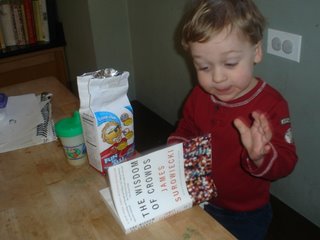Word Poverty and the Academic Word List
 Students today suffer from word poverty. Teachers know it and choose to ignore it. Did you know that high knowledge 3rd graders have vocabularies equal to low-performing 12th graders? Just ask a low-performing 12th grader to tell you story, and you’ll come to realize just how big the problem of word poverty is. Somewhere along the line something awful happened to vocabulary instruction. Maybe it was when some teachers stopped requiring their students to memorize word lists and went solely for words in context—as if being asked to memorize word lists actually harmed students! The funny thing is that most teachers, when left to their own devices make esoteric vocabulary selections—opting for the exotic words instead of the high frequency words. The effect, over years, is dire word poverty among our youth. The uproar over vocabulary at my own school started when I asked the faculty to have their students paraphrase questions that appeared in their textbooks or on tests. I love to drive home a point and knew that such a task would start conversation in the staff room. Of course, teachers soon discovered that many of their students didn’t understand academic questions. It looked grim—teachers would never know whether students had content knowledge because students lacked the academic vocabulary to decipher texts, lectures, and questions. Teachers were concerned and started asking, “If students don’t know the words in a question, how can they know the answer?” That question ushered in a school-wide focus on vocabulary. While conducting research into this problem, I came across the Academic Word List (AWL). The AWL was developed at the School of Linguistics and Applied Language Studies at Victoria University of Wellington, New Zealand. Here are some reasons why the AWL rocks:
Teachers embraced the AWL. Departments divided up the AWL, created weekly word lists that included student friendly definitions. Students were tested weekly in their each of their classes on the AWL. Kids were exposed to a minimum of 35 words a week from the AWL. Teachers also requested professional development on effective vocabulary instruction. Some of the most popular were sentence synthesis and yay or nay. Vocabulary instruction improved dramatically, and test scores went up too. |

Comments on "Word Poverty and the Academic Word List"
-
 Anonymous said ... (11:36 PM) :
Anonymous said ... (11:36 PM) :
post a commentHello,
I came across your website today and I thought that you might be interested in linking to my website. I have created a free website to review the vocabulary contained within the Academic Word List. There are 170 different exercises to review the vocabulary, which students can work on in their spare time or in class, at their own pace. The website is called Vocabulary Exercises for the Academic Word List and the website address is as follows:
www.academicvocabularyexercises.com
Your sincerely,
Gerry Luton
cpr4esl.com